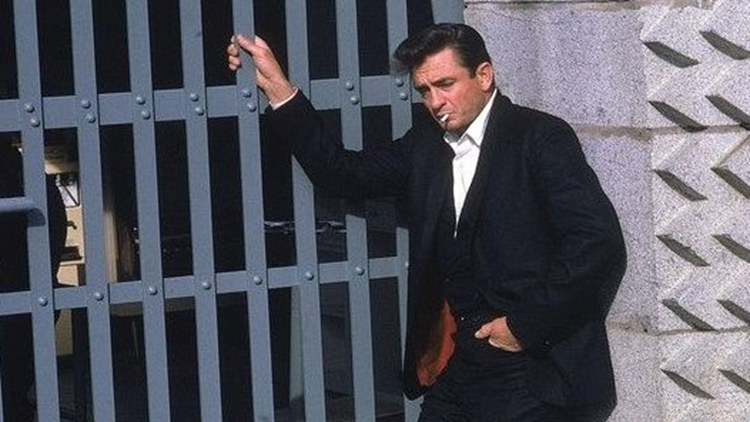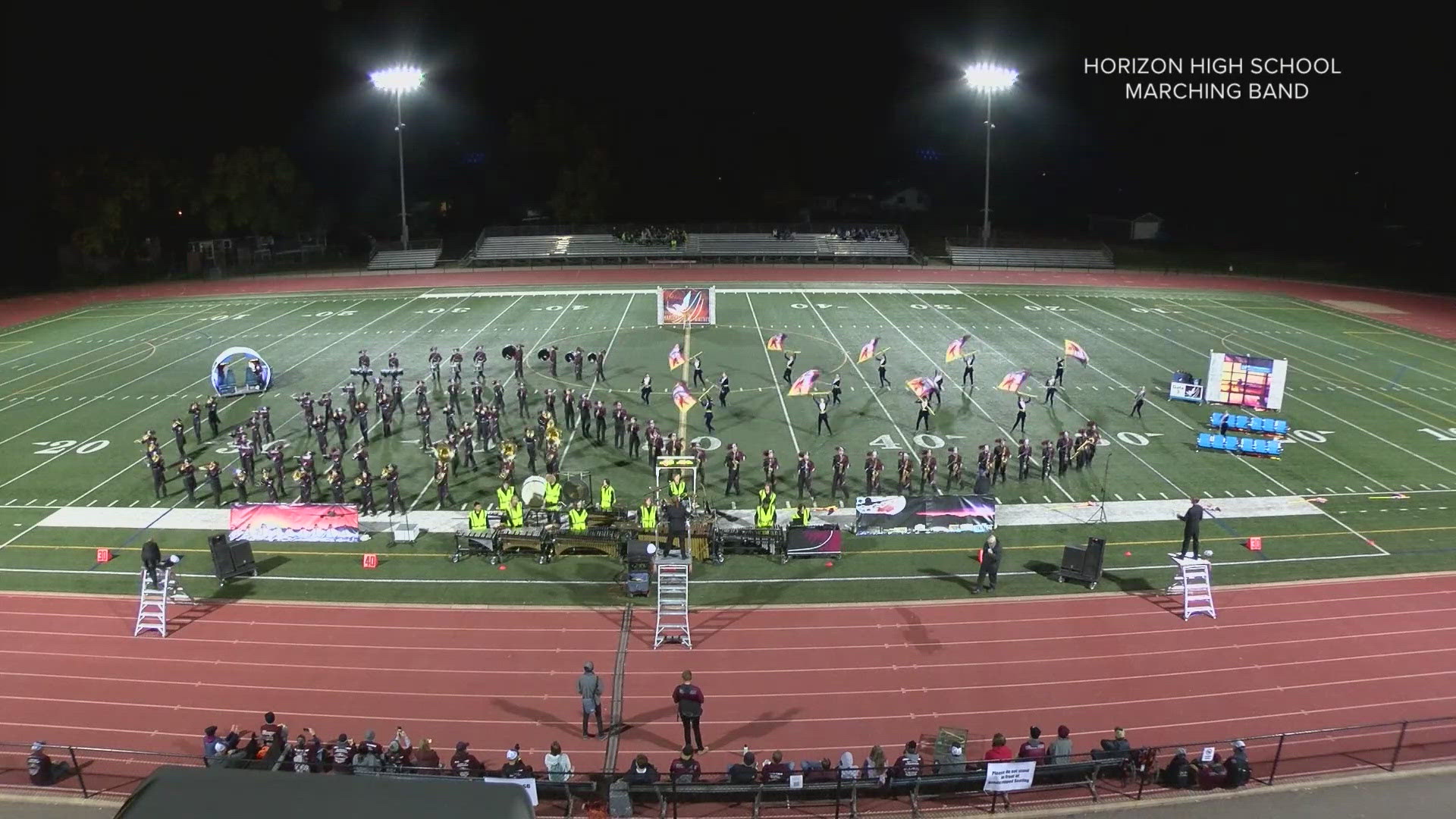USA TODAY — Johnny Cash never actually shot a man in Reno just to watch him die.
But the rowdy inmates of California's Folsom State Prison didn't seem to mind, loudly cheering the country icon as he sang those famous words in Folsom Prison Blues, which hit the Billboard Hot 100 singles chart 50 years ago on May 25, 1968.
The outlaw anthem is taken from Cash's seminal live effort At Folsom Prison, which he recorded over two shows inside prison walls on Jan. 13, 1968, before releasing the album that May. He was inspired to write the song in 1953 while serving in the U.S. Air Force, after watching the 1951 movie Inside the Walls of Folsom Prison. He originally recorded and released it as a single in 1955 and it became a top-5 hit on country radio.
But it wasn't until he recorded a live version of the track in 1968 — which he performed for an estimated 1,000 prisoners — that it managed to cross over onto the pop charts, peaking at No. 32 on the Hot 100 that summer.
"The big difference was that (in 1955), most people in America weren't listening to country stations," says Robert Hilburn, a music journalist and author of biography Johnny Cash: The Life. "The live version was also much more dynamic. He had more emotion singing in front of those prisoners and you can hear their affection for him. One of Cash's goals was always to lift people's spirits, and he certainly lifted the spirits of those prisoners that day."
It's a miracle that he sang for them at all. In the six months prior to his Folsom shows, Cash was "in some of the worst shape of his life," Hilburn says. Battling drug addiction at the time, he was scheduled to record at another prison in 1967 but was forced to cancel when he showed up stoned. Executives at his label, Columbia Records, feared a repeat when Cash suggested he try again, but reluctantly agreed at the suggestion of his new producer, Bob Johnston.
Choosing Folsom over San Quentin State Prison for the simple reason that its warden answered the phone first, Cash curated a set list specifically for the inmates. He opted out of popular singles Ring of Fire and Guess Things Happen That Way in favor of the grittier Cocaine Blues — whose lyrics he tweaked to reflect his 1965 narcotics arrest — and 25 Minutes To Go, written by Shel Silverstein, about a man at the gallows. He ended the show with uplifting spiritual Greystone Chapel, which was penned by then-inmate Glen Sherley.
"Performing that song in front of Glen at Folsom — it doesn't get much more emotional than that," says Corbin Reiff, a senior music writer at Uproxx. By cracking jokes and bantering with the audience between songs, "he wanted to show these prisoners that he could understand them in a way that maybe other performers or songwriters couldn't. He was very real with these people and felt quite at home."
The album was an unequivocal hit, spending more than two years on the Billboard 200 chart. As of 2003, the record was certified triple platinum with 3 million copies sold.
Based on the success of Folsom and its live album followup At San Quentin the following year, ABC signed the singer for variety series The Johnny Cash Show, which he used as a mainstream platform to spotlight other folk-country artists including Neil Young, Bob Dylan and Linda Ronstadt.
Cash's career ebbed and flowed until his death in 2003 at age 71, earning critical acclaim for 1974's political Ragged Old Flag and 1994 comeback American Recordings. But for its sheer authenticity and raw emotion, At Folsom Prison remains the greatest testament to Cash's storytelling prowess.
"Folsom is the definitive Johnny Cash album, if someone asked you which album to listen to (in order) to understand who he was and what made him so great," Reiff says. "It shows that the album can be a cultural statement: beyond the quality of the songwriting and musicianship, but saying something deeper and showing that the audience matters just as much as the recording engineer."



